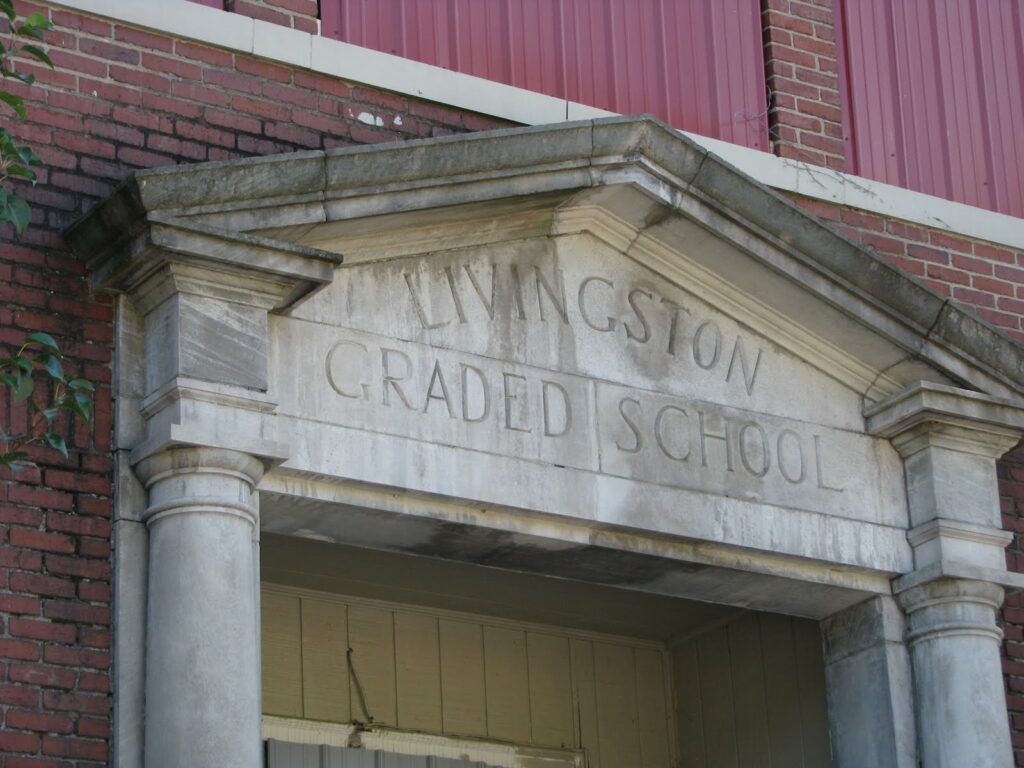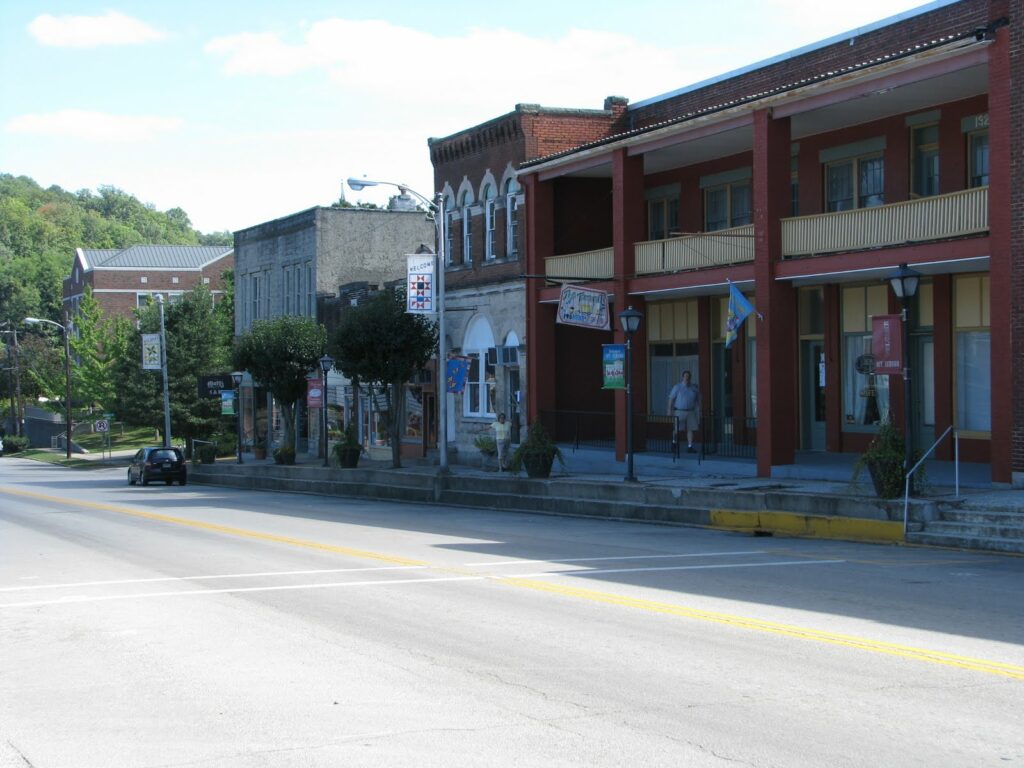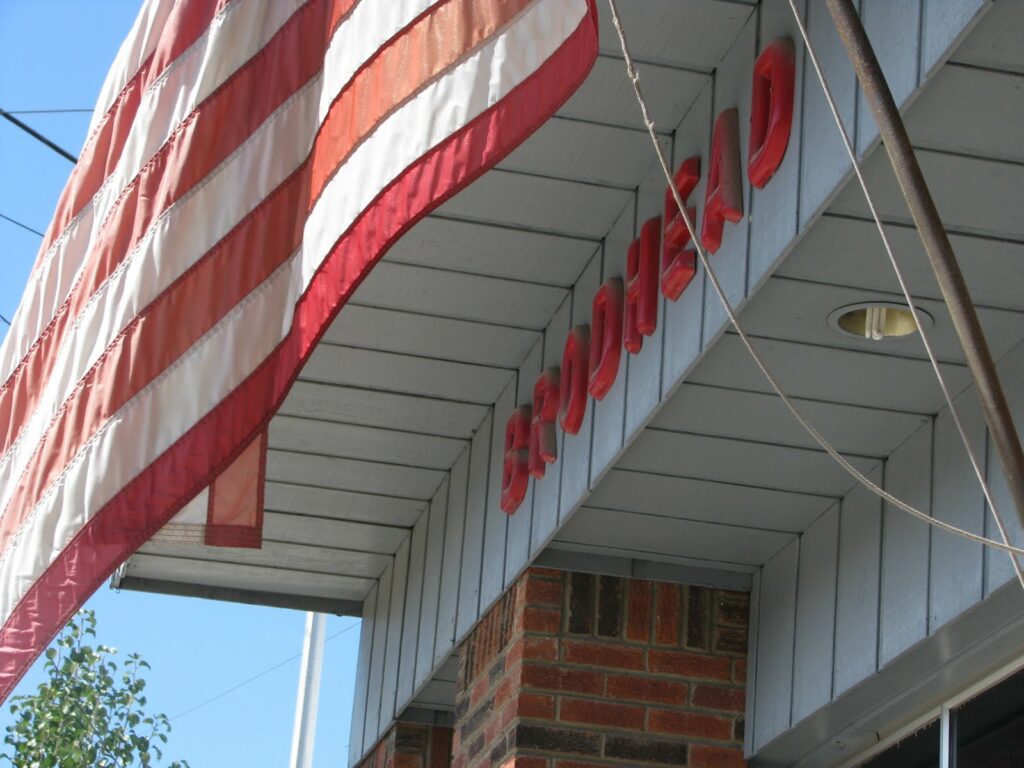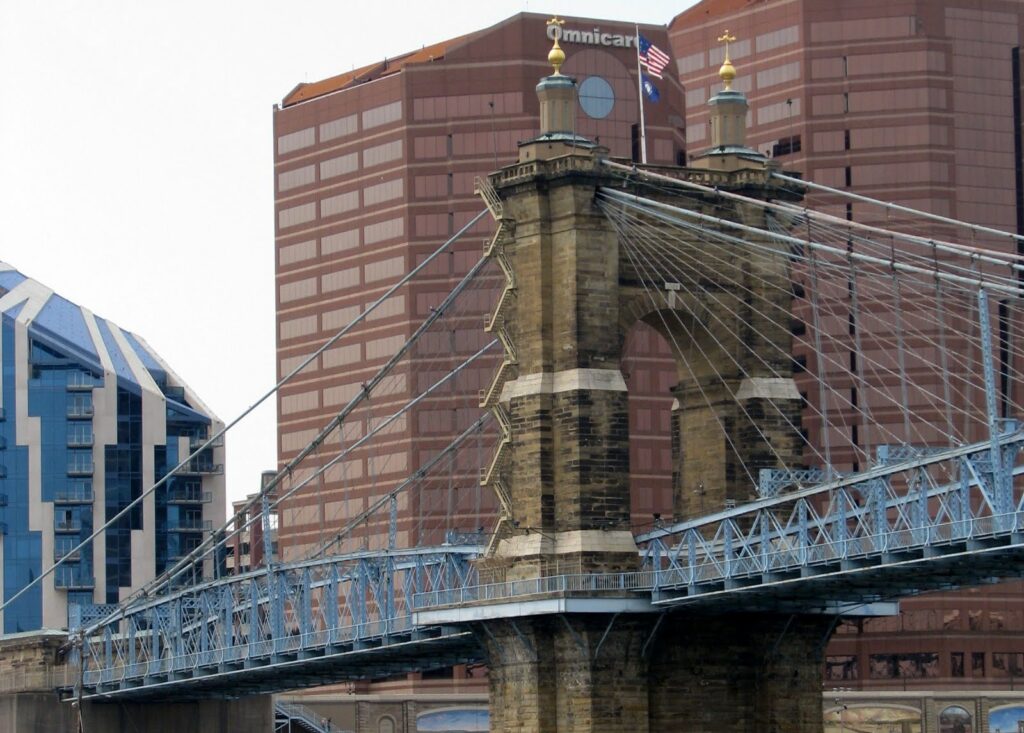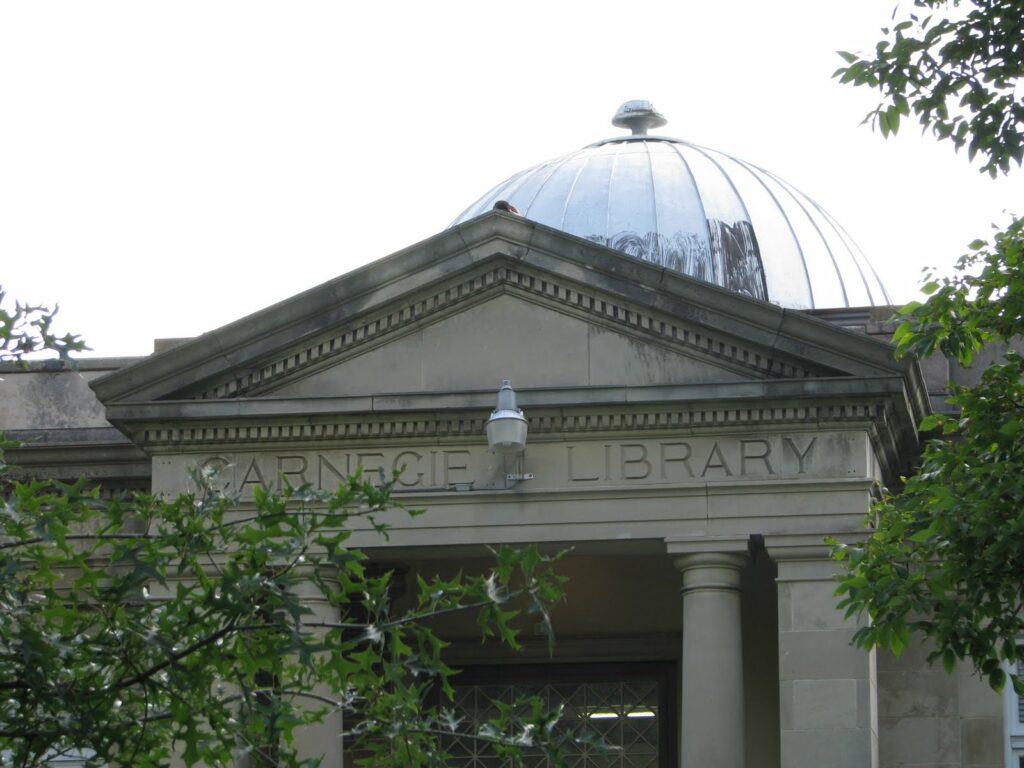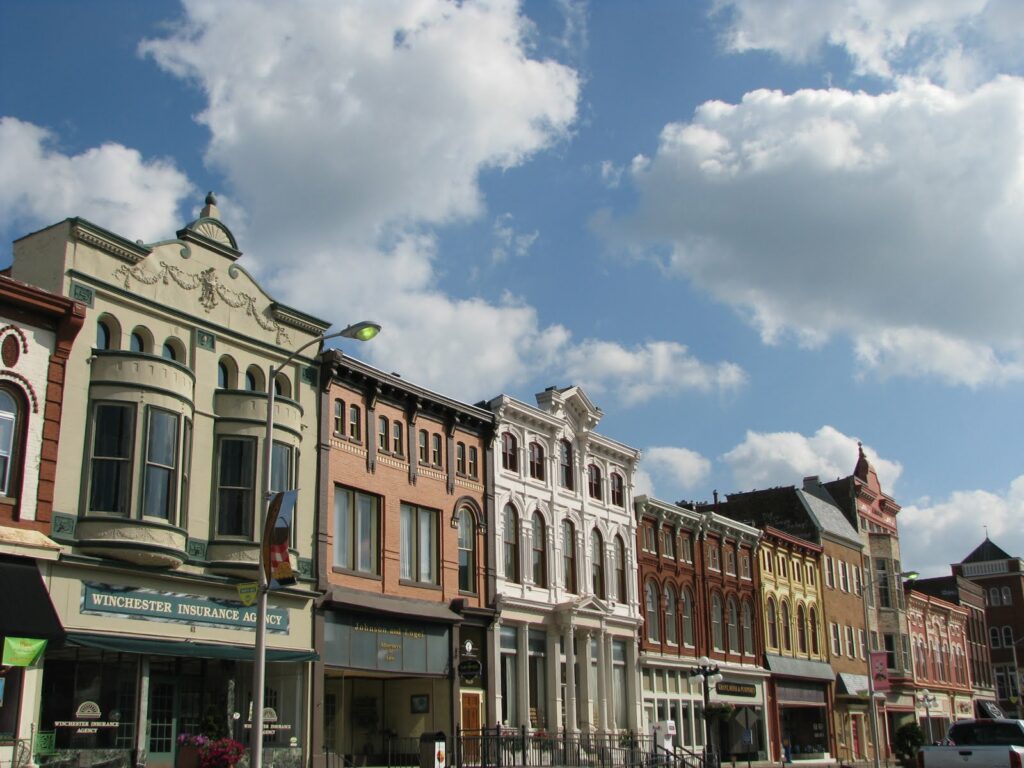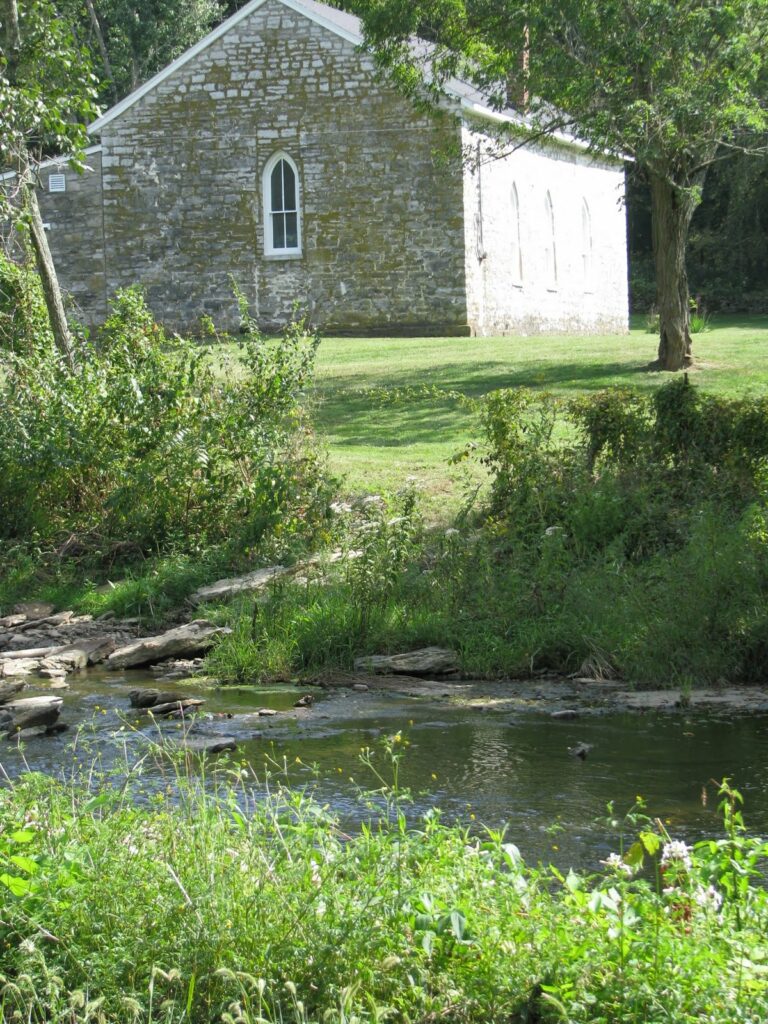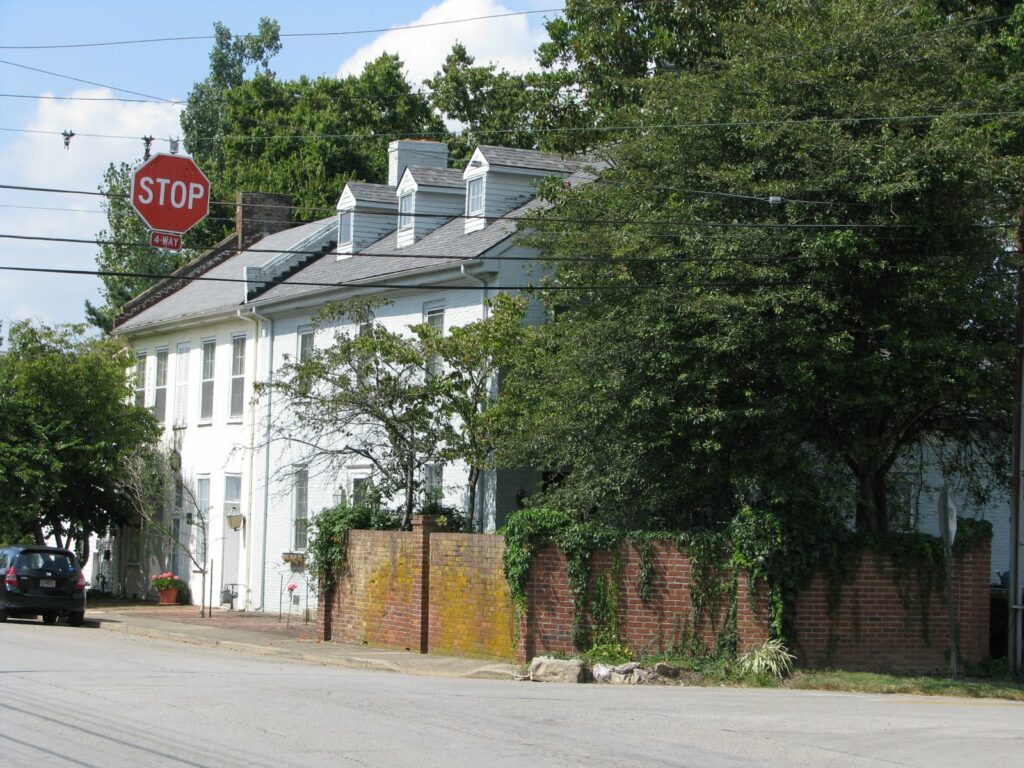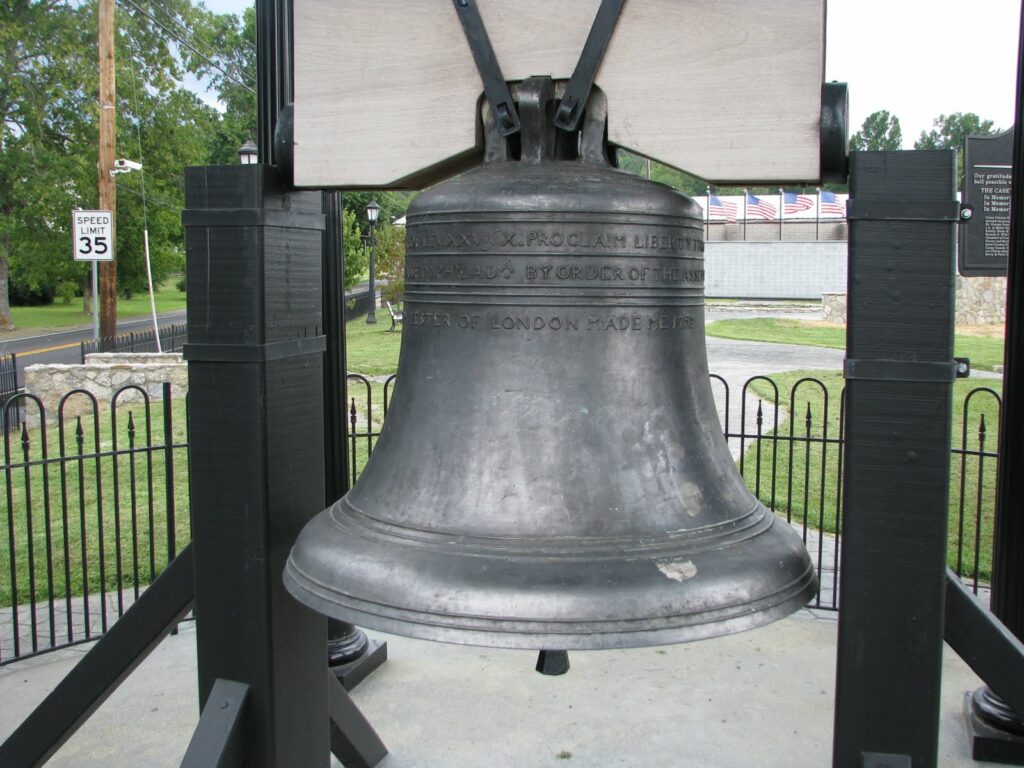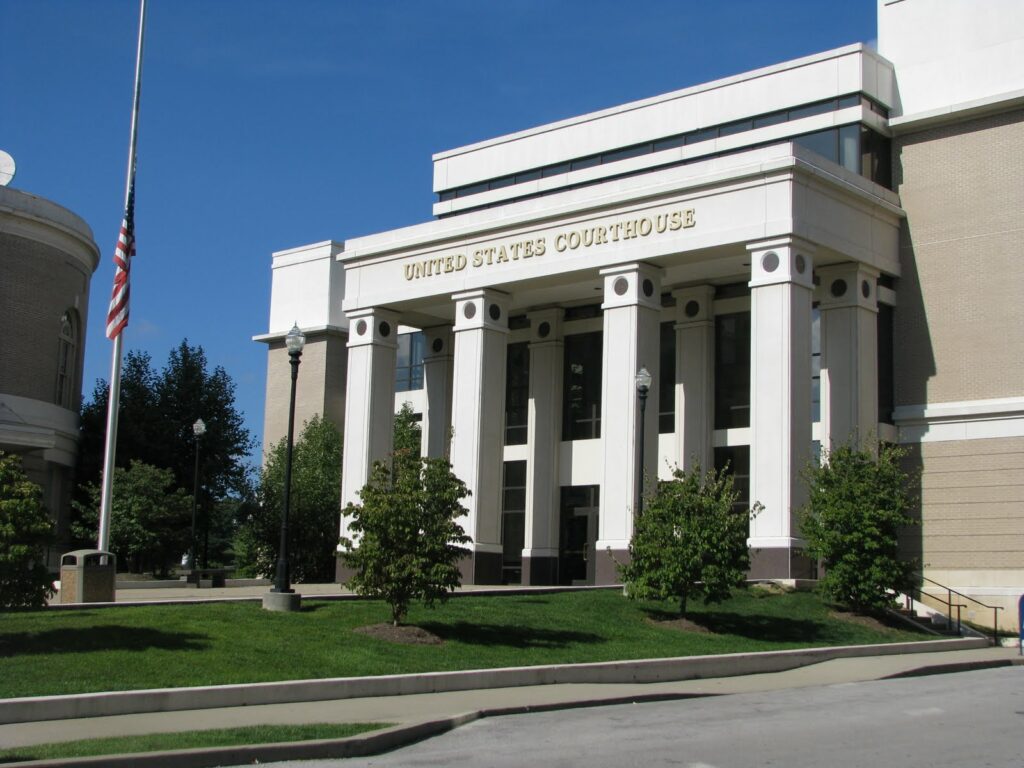 I intended to go to Powell County and to Stanton before returning home. But rather then turning in Livingston, I went straight. Oops. I discovered my mistake upon seeing the “Laurel County” sign.
I intended to go to Powell County and to Stanton before returning home. But rather then turning in Livingston, I went straight. Oops. I discovered my mistake upon seeing the “Laurel County” sign.
The drive into London on US-25(S) is beautiful as you drive through the foothills of the Cumberland Mountains. I called a friend who now lives in London, hoping to stop in for a visit. As a result of my ill-timed phone call, I missed Camp Wildcat (which was the site of an 1861 Civil War skirmish). But that was OK as the plum tart was well worth it!
I will leave London to Nate and to the Kentucky 120 Project as the town was built around its Courthouses. The county courthouse looks older than it is. Even so, a new courthouse is under construction. There is an old federal courthouse, as well as a new one (pictured). Quite a judicial metropolis for a town of only 6,000 inhabitants.
I hope to visit Laurel County again to visit its non-London areas: the Cumberland Gap, the original KFC and the annual World Chicken Festival (which I missed by only two weeks!).

